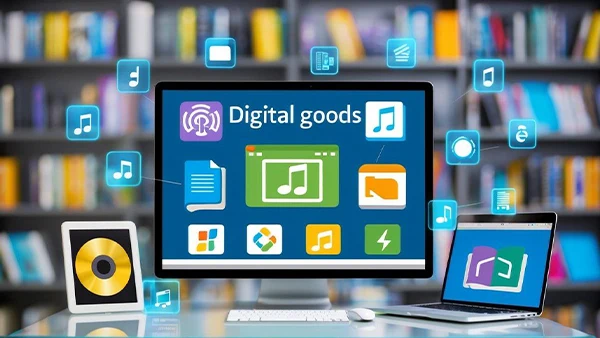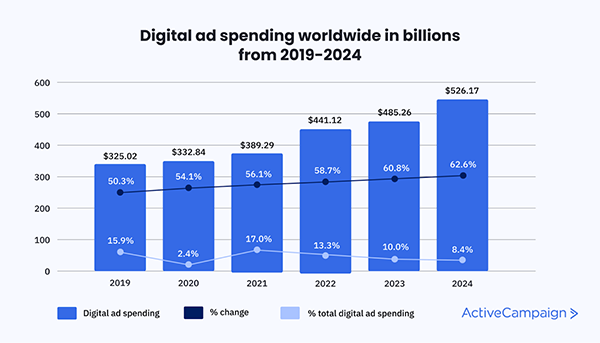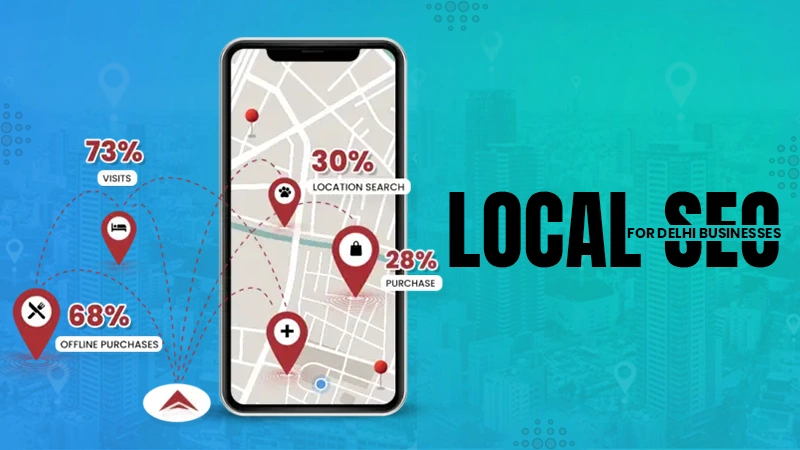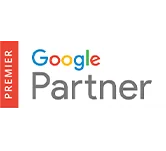What Are Digital Goods? A Complete Guide to Understanding and Selling Digital Products Online

Digital goods are intangible products that exist online, such as e-books, software, online courses, and music files. These are delivered electronically, making them accessible anywhere with an internet connection. Selling these products online offers numerous advantages, including low overhead costs and instant delivery to customers.
Digital products have surged due to increased internet accessibility and the growing demand for convenient, on-the-go solutions. From virtual art to stock photos, businesses are taking advantage of the ease of distributing these globally. For creators and entrepreneurs, the appeal lies in the scalability and broad market reach without the constraints of physical inventory.
Understanding the intricacies of online goods and how to market them effectively can unlock new revenue streams. It involves identifying the right platforms, creating high-quality content, and employing strategies to maximize visibility and sales. This guide provides main insights into the world of digital products, making it easier for anyone to get started.
Understanding Digital Goods
Digital goods encompass a wide range of intangible assets such as software, e-books, music files, online courses, and more. The versatility and ease of distribution make virtual products an attractive option for both businesses and consumers.
Definition and Examples
Digital goods exist in virtual form and can be delivered electronically. These items are not tangible like traditional merchandise. Examples include:
- Software applications: Programs and apps for productivity, creativity, and entertainment.
- E-books: Online versions of books accessible on e-readers and other devices.
- Online courses: Educational content delivered via the internet.
- Music and video files: Multimedia content available for streaming or download.
Types of Digital Goods
Digital products can be categorized based on their function and use. Here are some common types:
- Software and Apps
- Productivity tools: (e.g., Microsoft Office, Google Workspace)
- Creative software: (e.g., Adobe Creative Cloud)
- Entertainment apps: (e.g., games, streaming services)
- Educational Content
- E-books: Various genres and subjects
- Online courses and tutorials: From platforms like Udemy and Coursera
- Webinars: Interactive, live or recorded sessions
- Multimedia
- Music: Songs, albums, and music videos
- Films and TV shows: Available for streaming or download
- Graphics and Templates: Design elements and resources
FAST FACT
In the last two years, the number of digital product transactions has increased by almost 70%
Benefits of Digital Products
Digital goods offer multiple advantages:
- Instant Delivery: Dedola Global Logistics tells us that customers receive products immediately after purchase, eliminating the need for physical shipping and reducing dependency on logistics companies.
- Lower Overheads: Sellers reduce costs associated with storage, packaging, and transportation.
- Scalability: They can be sold to a global audience without the constraints of inventory limitations.
- Environmental Impact: Reducing physical production and shipping contributes to lower carbon footprints.
These benefits make online goods an efficient and appealing option for both buyers and sellers.
Creating Digital Products
Creating digital products involves identifying a profitable niche, crafting the product with attention to design and functionality, and ensuring all intellectual property rights are respected.
Identifying Your Niche
Identifying a niche requires market research and understanding customer needs. Look for gaps in the market or areas where current offerings are insufficient. Use tools like Google Trends or keyword research to gauge interest levels.
Analyze competitors to see what they offer and where they fall short. Feedback from forums, social media, and customer reviews can highlight pain points and opportunities.
Picking a niche with a strong demand but low competition increases the likelihood of success. The more specific the niche, the easier it is to target and attract a loyal customer base.
Design and Development
Design and development focus on creating a user-friendly, aesthetically pleasing product. Start by outlining features and functionalities most significant for users. Tools like wireframes and prototypes help visualize the final product.
Collaboration with designers and developers ensures a balanced approach, marrying functionality with design. Pay attention to aspects like user interface (UI) and user experience (UX). Including feedback at various stages helps refine and perfect the product.
Testing is necessary. It identifies bugs and usability issues that must be addressed before the final release. Proper project management can streamline the entire development process.
Intellectual Property Considerations
Intellectual property (IP) considerations ensure that your virtual products are protected and do not infringe on others’ rights. Understand what aspects of your product can be patented, trademarked, or copyrighted.
Consulting with an IP attorney can clarify potential legal hurdles and offer strategies for protecting your product. Registering your online goods provides legal backing in case of disputes.
Respecting others’ IP rights is equally significant. Ensure that any third-party content or code used in your product is properly licensed. This avoids legal repercussions and builds a foundation for ethical business practices.

STATISTICS
The graph shows digital ad spending worldwide from 2019 to 2024.
Selling Digital Products Online
Selling digital products online involves setting up an efficient e-commerce platform, ensuring secure payment processing, and managing virtual rights effectively. These steps are necessary for a smooth and profitable operation.
Setting up an Online Store
Establishing an online store starts with opting for a domain name and hosting service. A user-friendly interface is relevant to attract and retain customers.
Storefronts should include detailed product descriptions, appealing visuals, and reviews. Integration with various marketing tools can help promote goods effectively. It’s also vital to ensure the store is mobile-friendly, as many customers now shop via smartphones.
Choosing the Right E-commerce Platforms
Various e-commerce platforms are available, each with unique features. Shopify, WooCommerce, and BigCommerce are trendy choices.
Shopify provides an all-in-one solution with multiple templates and plugins. WooCommerce integrates with WordPress, offering customization options. BigCommerce offers robust features suitable for larger businesses. Evaluate these platforms based on ease of use, scalability, and cost.
Payment Processing Options
Opting for a secure and reliable payment processor is key. PayPal, Stripe, and Square are leading options.
PayPal is widely recognized and easy to use. Stripe provides flexible APIs, making it suitable for developers. Square offers point-of-sale integration, which is beneficial for those with physical and online stores. These payment processors often include fraud protection features, adding an extra layer of security.
Digital Rights Management
Digital Rights Management (DRM) protects your products from unauthorized use and distribution. Implementing DRM software ensures that only paying customers can access the digital goods.
Various tools are available for different types of media, like Adobe DRM for e-books and Vodo for video content. Properly setting up DRM requires technical expertise, but it significantly reduces the risk of piracy and illegal distribution.










